
Trongsa: The Heartbeat of Bhutan's Heritage
Discover Trongsa, the historical heart of Bhutan, where majestic landscapes, rich culture, and deep-rooted traditions come together to create a captivating travel experience.
Nestled in the rugged mountains of central Bhutan, Trongsa is a historical gem that holds immense cultural significance. Known as the ‘Gateway to Eastern Bhutan,’ Trongsa offers a panoramic view of the Black Mountains, making it a picturesque destination for nature lovers and history enthusiasts alike. The town is dominated by the imposing Trongsa Dzong, one of the largest and most impressive dzongs in Bhutan. This fortress-monastery is steeped in history and offers a glimpse into the far-reaching influence of the Wangchuck dynasty, Bhutan’s royal family. Strolling through the narrow streets of Trongsa, you'll find traditional Bhutanese houses that have stood the test of time, each with its unique charm. The local market is a great place to experience the daily life of the Bhutanese people, offering everything from textiles to local produce. Don’t miss the chance to visit the Royal Heritage Museum, which is housed in the ancient Ta Dzong watchtower. The museum provides a deep dive into Bhutan’s rich cultural history and is a must-visit for anyone keen on understanding the country's past. The surrounding areas of Trongsa are equally captivating. The lush, green hills are perfect for trekking and exploring the natural beauty of Bhutan. The region is also known for its diverse wildlife, including rare bird species, making it a paradise for bird watchers. Whether you're a history buff, a nature enthusiast, or someone looking to experience the spiritual essence of Bhutan, Trongsa offers a unique blend of attractions that promise an unforgettable experience.
Local tips in Trongsa
- Visit Trongsa Dzong early in the morning to avoid crowds and enjoy the serene atmosphere.
- Wear comfortable shoes for exploring the hilly terrain and narrow streets.
- Carry a light jacket as the weather can be unpredictable, especially in the mountains.
- Check local festival dates as Trongsa hosts unique festivals that offer a deep insight into Bhutanese culture.
- Try the local cuisine at small eateries for an authentic taste of Bhutanese flavors.
Trongsa: The Heartbeat of Bhutan's Heritage
Nestled in the rugged mountains of central Bhutan, Trongsa is a historical gem that holds immense cultural significance. Known as the ‘Gateway to Eastern Bhutan,’ Trongsa offers a panoramic view of the Black Mountains, making it a picturesque destination for nature lovers and history enthusiasts alike. The town is dominated by the imposing Trongsa Dzong, one of the largest and most impressive dzongs in Bhutan. This fortress-monastery is steeped in history and offers a glimpse into the far-reaching influence of the Wangchuck dynasty, Bhutan’s royal family. Strolling through the narrow streets of Trongsa, you'll find traditional Bhutanese houses that have stood the test of time, each with its unique charm. The local market is a great place to experience the daily life of the Bhutanese people, offering everything from textiles to local produce. Don’t miss the chance to visit the Royal Heritage Museum, which is housed in the ancient Ta Dzong watchtower. The museum provides a deep dive into Bhutan’s rich cultural history and is a must-visit for anyone keen on understanding the country's past. The surrounding areas of Trongsa are equally captivating. The lush, green hills are perfect for trekking and exploring the natural beauty of Bhutan. The region is also known for its diverse wildlife, including rare bird species, making it a paradise for bird watchers. Whether you're a history buff, a nature enthusiast, or someone looking to experience the spiritual essence of Bhutan, Trongsa offers a unique blend of attractions that promise an unforgettable experience.
When is the best time to go to Trongsa?
Iconic landmarks you can’t miss
National Memorial Chhorten རྒྱལ་ཡོངས་རྗེས་དྲན་མཆོད་རྟེན།
Explore the tranquil beauty of the National Memorial Chhorten, a pivotal Buddhist temple in Thimphu that embodies Bhutan’s spiritual heritage and architectural splendor.
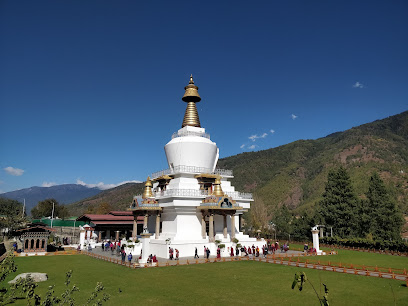
Yangkhil Resort
Experience luxury and tranquility at Yangkhil Resort, a premier resort hotel in Trongsa, Bhutan, offering breathtaking views and exceptional hospitality.

Trongsa Dzong ཀྲོང་གསར་རྫོང།
Explore the architectural wonder of Trongsa Dzong, a historical monastery in Bhutan showcasing breathtaking views and rich cultural heritage.
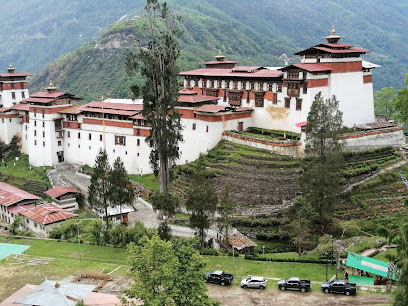
Taa-Dzong བལྟ་རྫོང་།
Discover the captivating heritage of Bhutan at Taa-Dzong, a museum that showcases the rich cultural history and stunning landscapes of Trongsa.
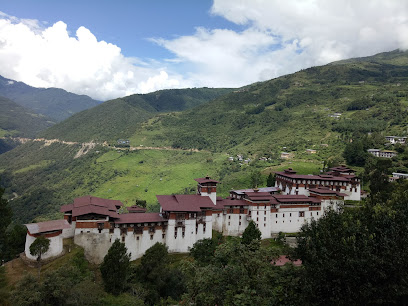
Tashi Ninjey Hotel
Experience authentic Bhutanese flavors in the heart of Trongsa Town at Tashi Ninjey Hotel, where culture meets cuisine.
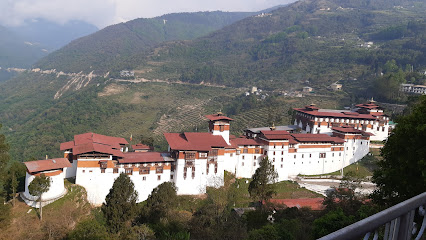
Trongsa Dzong View Point
Discover the stunning views of Trongsa Dzong from this picturesque viewpoint, a perfect blend of culture and natural beauty in Bhutan.
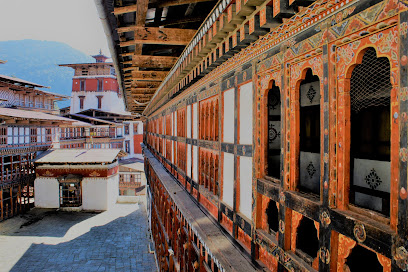
Willing Resort
Discover the tranquil beauty of Willing Resort, a serene hotel in Trongsa, Bhutan, offering stunning views and a taste of rich Bhutanese culture.

Trongsa city center
Explore the rich history and stunning architecture of Trongsa city center, a hidden gem in the heart of Bhutan's cultural landscape.
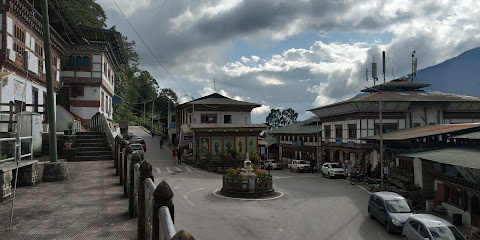
Norling Hotel
Experience the tranquility and charm of Norling Hotel in Trongsa, Bhutan, a perfect base for exploring cultural treasures and breathtaking landscapes.

Unmissable attractions to see
Phobjikha Valley
Discover the breathtaking beauty and rich cultural heritage of Phobjikha Valley, a serene retreat in Bhutan's majestic Himalayas.
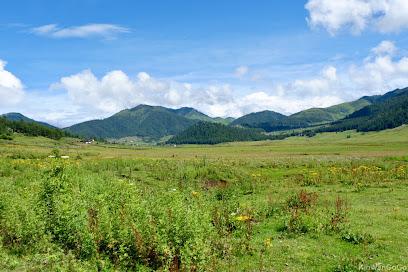
Jakar Dzong བྱ་དཀར་རྫོང་།
Explore Jakar Dzong, a magnificent fortress in Bumthang Valley, blending stunning architecture, rich history, and breathtaking views in Bhutan.
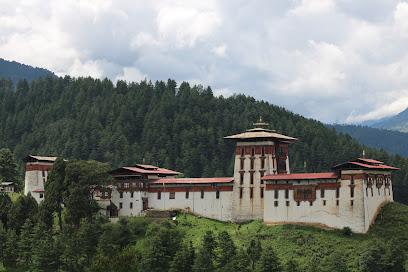
Trongsa Dzong View Point
Discover the stunning vistas of Trongsa Dzong from the breathtaking viewpoint along the Wangdue Phodrang - Trongsa Highway.
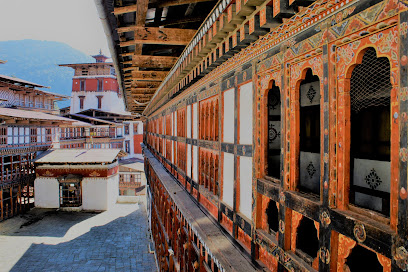
Trong Heritage Village
Explore the enchanting Trong Heritage Village in Bali, where rich culture, stunning architecture, and local craftsmanship come together in a serene landscape.
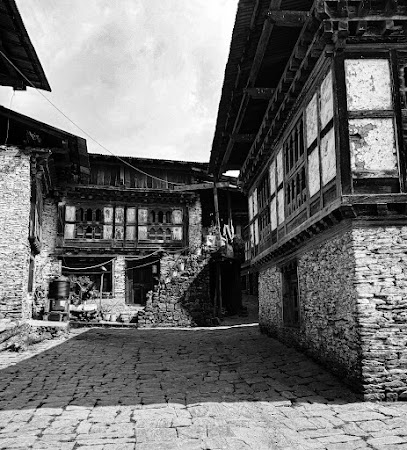
KT Resting place Trongsa
Explore tranquility and breathtaking views at KT Resting Place in Trongsa, a perfect blend of relaxation and cultural immersion in Bhutan's stunning landscapes.
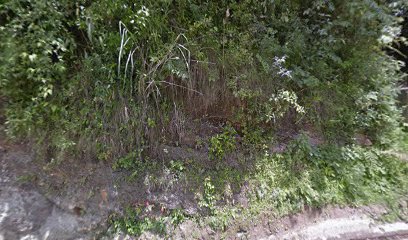
Tongphu Te ( bird eye view of Trongsa Town)
Discover the stunning bird's-eye views of Trongsa Town at Tongphu Te, a serene escape that captures Bhutan's natural beauty.

Essential places to dine
Willing Waterfall Cafe
Discover culinary delights at Willing Waterfall Cafe surrounded by breathtaking landscapes and vibrant local culture.
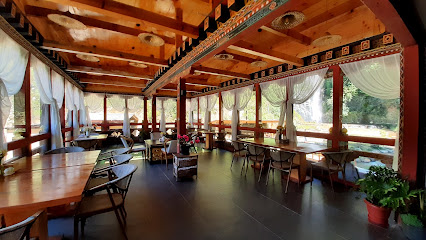
Tashi Ninjey Hotel
Discover authentic Bhutanese flavors at Tashi Ninjey Hotel in Trongsa - where culinary tradition meets warm hospitality.
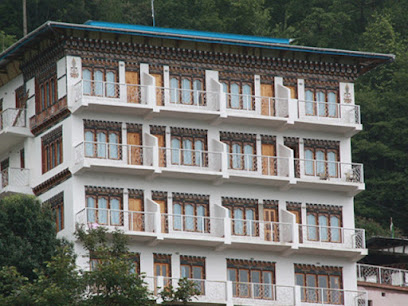
View point Cafetaria
Discover authentic Bhutanese flavors at View Point Cafeteria while enjoying breathtaking views of Trongsa's majestic landscape.
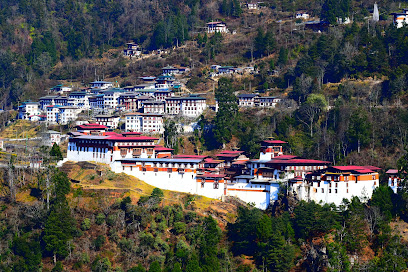
Norjun Restaurant
Experience authentic Bhutanese cuisine at Norjun Restaurant in Trongsa - where tradition meets taste amidst stunning mountain views.
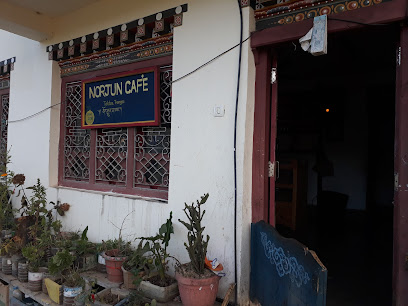
Subba Restaurant cum Bar
Experience the flavors of Bhutan at Subba Restaurant cum Bar in Trongsa – where local cuisine meets international charm.
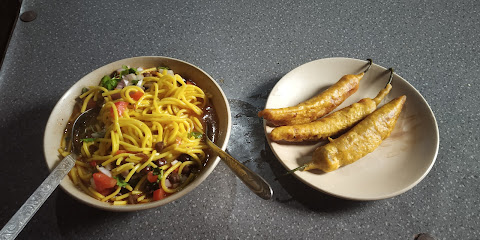
Feroz Hotel
Discover the flavors of Bhutan at Feroz Hotel - where traditional cuisine meets modern comfort in Trongsa.
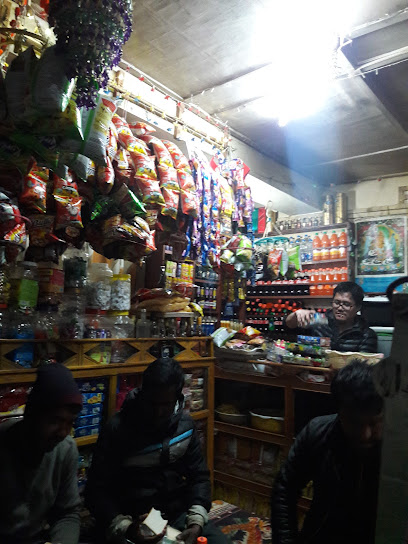
Trowa Restaurant
Experience authentic Bhutanese flavors at Trowa Restaurant in Trongsa - where culinary tradition meets warm hospitality.
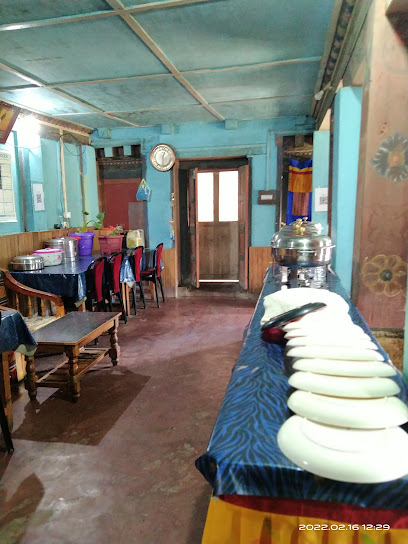
Norling Restaurant
Experience authentic Bhutanese cuisine in Trongsa at Norling Restaurant - a must-visit for food lovers seeking local flavors.

Samcholing Green Tea House
Discover the serene charm of Samcholing Green Tea House in Trongsa - where traditional Bhutanese flavors meet breathtaking views.
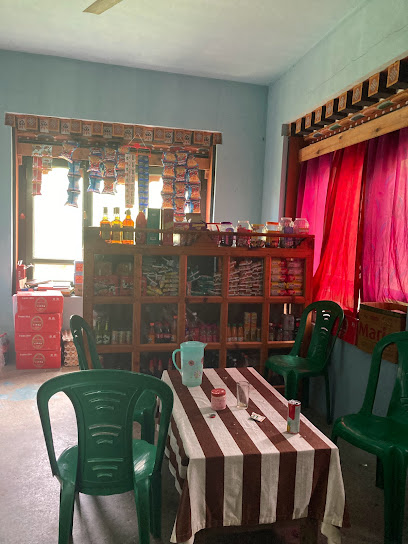
Lhenzom Pure Vegetarian Hotel
Experience authentic Bhutanese vegetarian cuisine at Lhenzom Pure Vegetarian Hotel in Trongsa – a culinary delight amidst breathtaking landscapes.
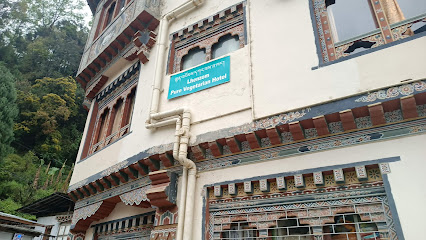
CLCS Dinning
Experience authentic Bhutanese cuisine at CLCS Dining in Trongsa - where every meal tells a story.
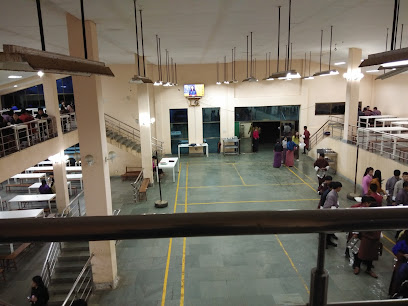
Tamang Restaurant
Discover authentic Bhutanese flavors at Tamang Restaurant in Trongsa, where every meal is a celebration of local culture and culinary tradition.
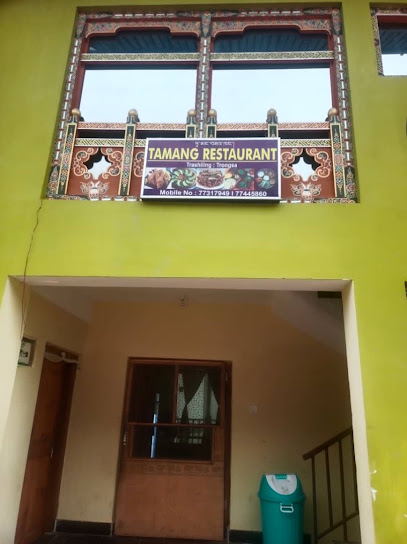
Tshering Lhamo Hotel
Discover authentic Bhutanese flavors at Tshering Lhamo Hotel, where tradition meets taste in a serene mountain setting.
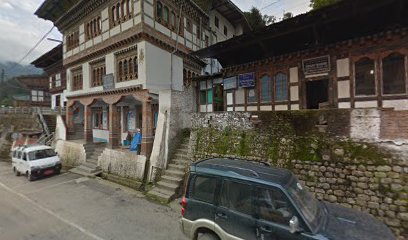
Chokerling Restaurant
Experience authentic Bhutanese cuisine at Chokerling Restaurant in Trongsa - where every dish tells a story of tradition and flavor.
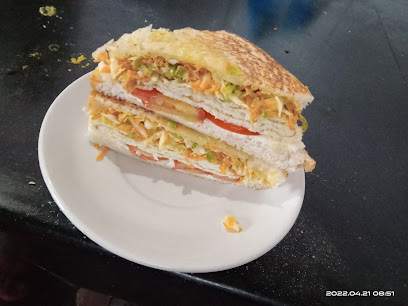
Tashi Delek Restaurant And Bar
Experience authentic Bhutanese cuisine at Tashi Delek Restaurant And Bar in Trongsa – where every meal tells a story.

Markets, malls and hidden boutiques
Dungsam shopping
Discover a unique blend of local charm and modern technology at Dungsam Shopping in Rongthang, Bhutan, the go-to destination for electronics.
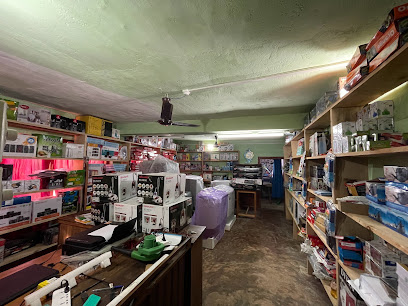
Food Corporation of Bhutan
Explore the rich culinary landscape of Bhutan at the Food Corporation of Bhutan, an Asian grocery store offering quality products at reasonable prices.
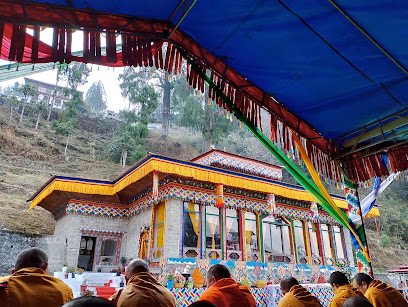
Gyeltshen Bakery
Experience the delightful flavors of Bhutan at Gyeltshen Bakery in Trongsa, where traditional pastries meet warm hospitality.

Olos General Tshongkhang
Discover the charm of Olos General Tshongkhang, where local culture meets vibrant shopping in the heart of Trongsa, Bhutan.
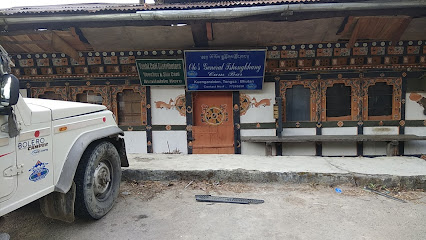
Y T
Discover the charm of Y T grocery store along the Sarpang - Gelephu - Trongsa Highway, offering local delicacies and essential supplies for your Bhutan adventure.

Therpa General Shop
Explore the vibrant offerings of Therpa General Shop in Trongsa, where local culture meets genuine Bhutanese hospitality and unique handcrafted treasures await.
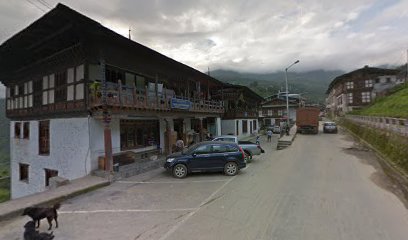
CDCL Work Shop
Explore cutting-edge electronics at CDCL Work Shop in Trongsa, Bhutan - your gateway to the latest technologies in a culturally rich setting.
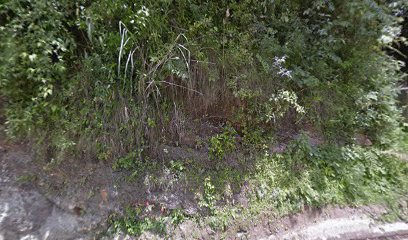
Wongmatshang General shop
Discover the essence of Bhutanese culinary culture at Wongmatshang General Shop in Trongsa, a local grocery treasure for every traveler.
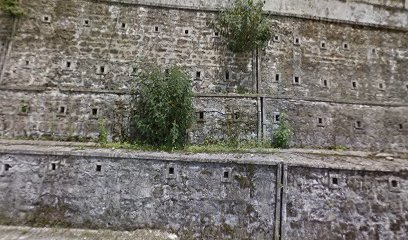
Rabten Tshongkhang
Explore the heart of Trongsa at Rabten Tshongkhang, a local general store offering traditional goods and a glimpse into Bhutanese culture.
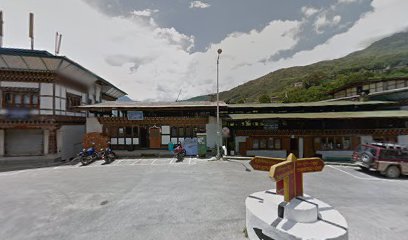
Tshang Lhaye Tshongkhang
Discover the vibrant Tshang Lhaye Tshongkhang outlet mall in Kungarapten, where shopping meets local culture and traditions.
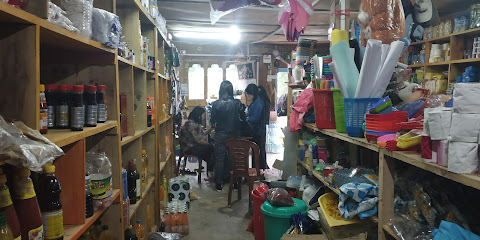
K-L Varieties - Deals in: General & Stationeries
Discover the charm of K-L Varieties, Bhutan's go-to general store for unique souvenirs and everyday essentials.
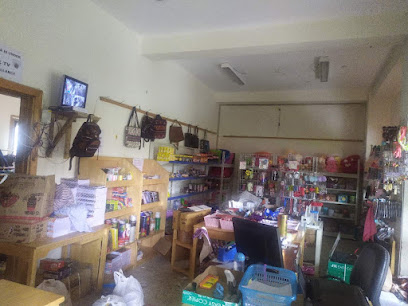
General shop
Explore the rich local culture at Trongsa Khamey General Shop, where authentic Bhutanese goods and community spirit await every visitor.
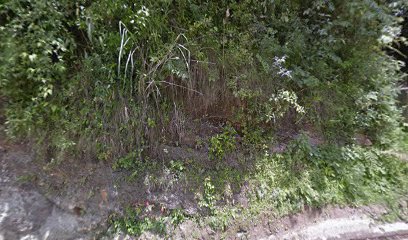
District store
Discover unique Bhutanese home goods and artifacts at Trongsa's District Store, a hidden gem for authentic souvenirs and cultural experiences.
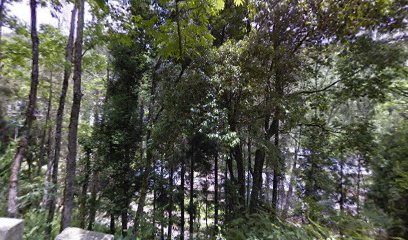
Rudra ,
Explore the unique cultural heritage and exquisite craftsmanship at Rudra, a charming store in Upper Gozhi, Bhutan, offering authentic local products.
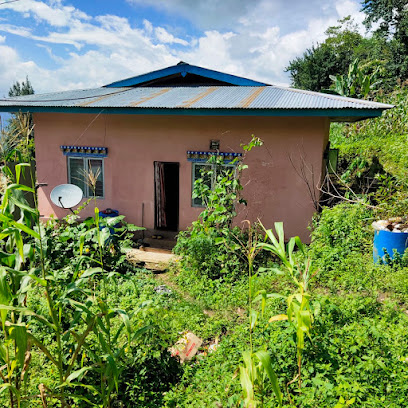
Thepatshang Tshongkhang
Experience the vibrant shopping culture at Thepatshang Tshongkhang, a unique mall on the Trongsa - Yotongla Highway with stunning views and local crafts.
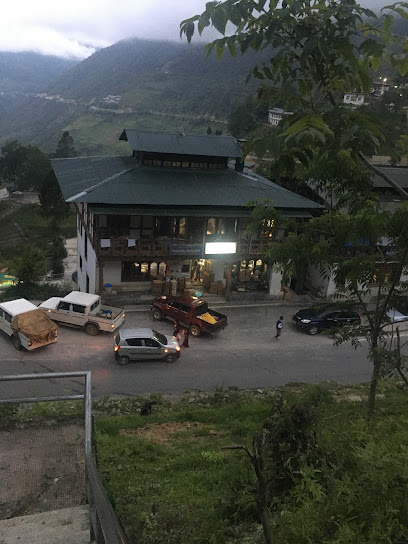
Essential bars & hidden hideouts
Willing Waterfall Cafe
Discover serene dining at Willing Waterfall Cafe, where exquisite flavors meet breathtaking views along Bhutan's scenic highway.
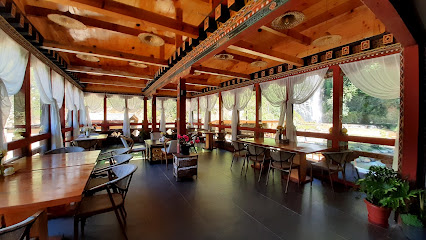
Tashi Ninjey Hotel
Discover the charm of Bhutan at Tashi Ninjey Hotel, where traditional hospitality meets breathtaking views and delicious cuisine.
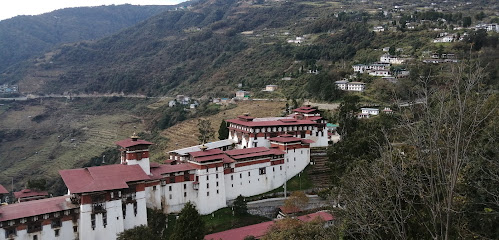
Subba Restaurant cum Bar
Discover a unique blend of traditional Bhutanese and international cuisine at Subba Restaurant cum Bar in Trongsa, a must-visit for food lovers.
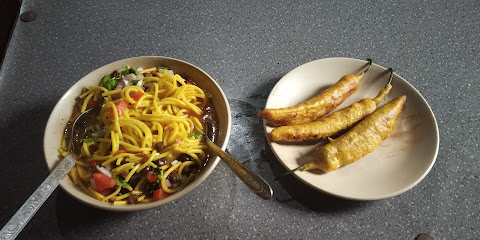
Trowa Restaurant
Experience the authentic flavors of Bhutan at Trowa Restaurant in Trongsa, where every dish tells a story of tradition and taste.
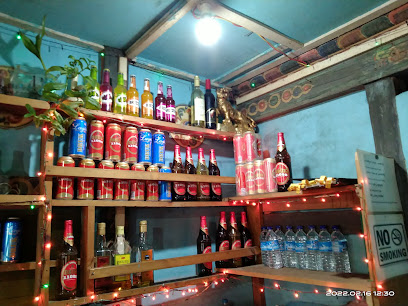
Lhenzom Pure Vegetarian Hotel
Discover authentic vegetarian cuisine at Lhenzom Pure Vegetarian Hotel in Trongsa, a culinary delight surrounded by Bhutan's stunning landscapes.
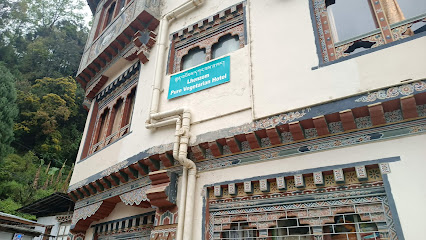
Tamang Restaurant
Discover the authentic taste of Bhutan at Tamang Restaurant in Trongsa, where local flavors and warm hospitality converge.
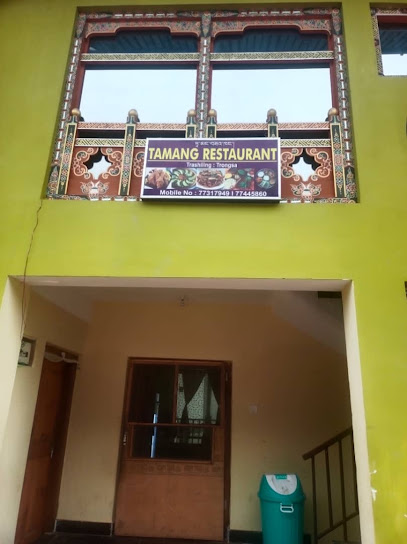
ОКСАНА ГЕННАДЬЕВНА
Discover the local charm at ОКСАНА ГЕННАДЬЕВНА in Karshong Village, where friendly vibes meet authentic Bhutanese beverages.
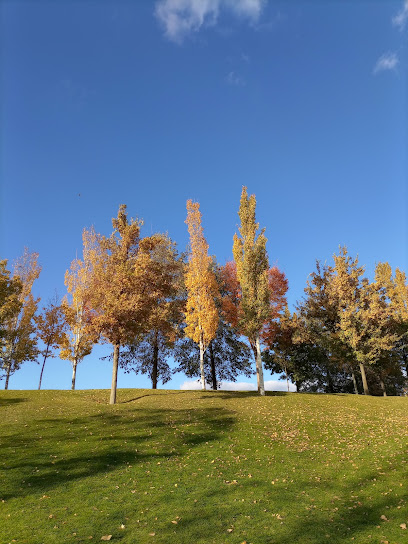
Tashi Delek Restaurant And Bar
Experience the exquisite flavors of Bhutan at Tashi Delek Restaurant And Bar in Trongsa, a must-visit dining destination for travelers.
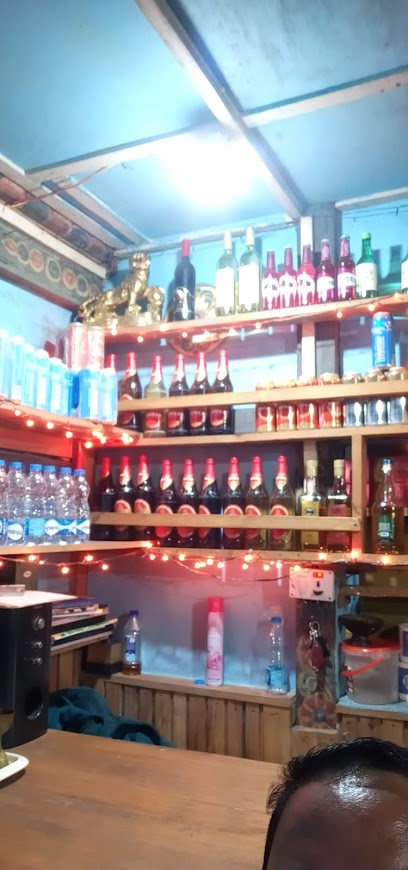
Tenzin Wangmo Bar
Experience the vibrant atmosphere and exceptional drink selection at Tenzin Wangmo Bar, a hidden gem in Jakar, Bhutan.
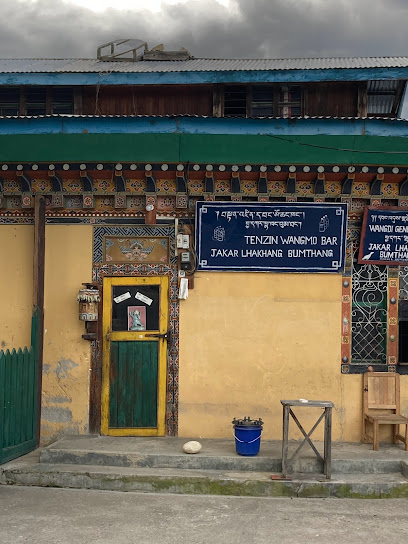
Sonam Selzin Restaurant and Bar
Discover authentic Bhutanese flavors at Sonam Selzin Restaurant and Bar, a vibrant dining experience nestled along the Trongsa - Yotongla Highway.
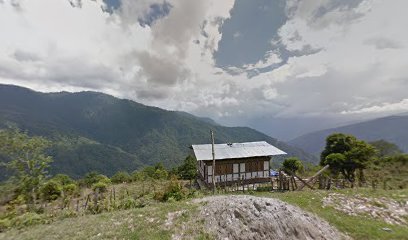
Ugyenling Restaurant and Bar
Discover the heart of Jakar at Ugyenling Restaurant and Bar, where traditional Bhutanese flavors meet a vibrant nightlife experience.

Highway Restaurant and Bar
Discover the flavors of Bhutan at Highway Restaurant and Bar, a culinary gem in Trongsa with breathtaking views and local delicacies.
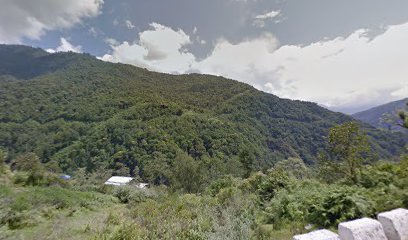
KD karaoke
Experience the joy of singing at KD Karaoke, a lively spot in Trongsa perfect for music lovers and fun-seekers alike.
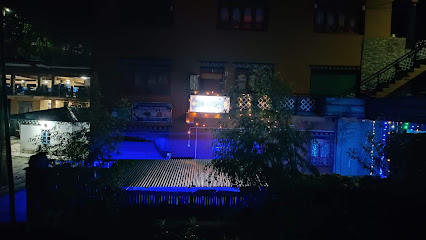
New Phuntshopelri Restaurant and Bar
Experience the fusion of traditional Bhutanese flavors and modern culinary delights at New Phuntshopelri Restaurant and Bar in Trongsa.

Chimmi Bar & Restaurant
Discover authentic Bhutanese flavors at Chimmi Bar & Restaurant, a cozy stop along the Trongsa-Yotongla Highway with stunning mountain views.
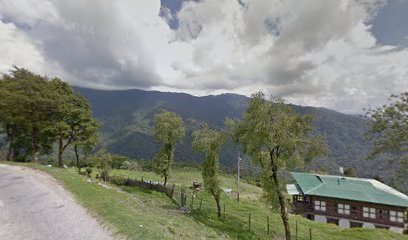
Travel experiences inspired by this city
Explore more travel diariesLocal Phrases
-
- Helloཟླ་མ
[za-la-ma] - Goodbyeབཏགས་བཟང
[tak-bza-ng] - Yesགིས
[gi] - Noམེད
[me-d] - Please/You're welcomeདགོས་བཟང
[goh-bza-ng] - Thank youབསྟན་འཛུམ
[ten-azum] - Excuse me/Sorryབསོད་རེད
[so-re] - How are you?ཁྱུང་ཁུང
[kyung-kung] - Fine. And you?བཞག. ཁྱུང?
[zha-kung] - Do you speak English?ཨིང་ལིན་ཁོག་དེ་སྐབས་ལེགས་པའི་ཨིང?
[ing-li-ko-de-kab-lek-pai-ing] - I don't understandང་ཁོག་བྱིན་ཏེ་མེད
[nga-ko-jin-te-me]
- Helloཟླ་མ
-
- I'd like to see the menu, pleaseམེད་བསྐུའི་མཐོང་པར་བཟང
[me-de-ku-i-thong-par-bza-ng] - I don't eat meatང་ཡངས་བཏག་བཟང
[nga-yang-tak-bza-ng] - Cheers!ཨིནས
[ins] - I would like to pay, pleaseམེད་བྱིན་ཆུགས་པའི་མཐོ་ར་བཟང
[me-jin-chuks-pai-tho-ra-bza-ng]
- I'd like to see the menu, pleaseམེད་བསྐུའི་མཐོང་པར་བཟང
-
- Help!གསང
[sang] - Go away!ཨེ་ཧོ་ཡ
[e-ho-ya] - Call the Police!འཛུམས་ཧྲོརཛ
[azum-hrorz] - Call a doctor!ཨེ་མོནཌོརཛ
[e-mondorz] - I'm lostང་བཟང
[nga-bza-ng] - I'm illང་ཧྲོར
[nga-hror]
- Help!གསང
-
- I'd like to buy...མེད་བྱིན་ཆོག
[me-jin-chok] - I'm just lookingང་ཁྱུང་ཨེ
[nga-kyung-ay] - How much is it?འཛུམ་ཨེ་ཧིས་ཨེ?
[azum-ay-hi-ay] - That's too expensiveཝ་ཧོར་ཧོར་ཧོར
[wa-hor-hor-hor] - Can you lower the price?དེ་པཱ་ཧིས་ཧོར་ཧོར
[de-pa-hi-hor-hor]
- I'd like to buy...མེད་བྱིན་ཆོག
-
- What time is it?ཁྱིམ་ཧེའུ་རིས་ཨེ?
[kyim-he-u-ri-ay] - It's one o'clockཨེ་ཧིས་ཨེ་རིས
[e-hi-ay-ri] - Half past (10)སྐད་རོར
[ka-dor] - Morningའབྲོག
[abrok] - Afternoonཉིམས
[nyims] - Eveningདགོས
[gohs] - Yesterdayམི་ཡུན
[mi-yun] - Todayཕིར
[pir] - Tomorrowསངསག
[sang-sag] - 1གཅིག
[gzig] - 2གཉིས
[gnis] - 3གསོས
[gsos] - 4ཏུས
[tus] - 5ལྷ
[lha] - 6བོ
[bo] - 7རྐ
[rak] - 8ཆུ
[chu] - 9གོ
[go] - 10བཅོ
[cho]
- What time is it?ཁྱིམ་ཧེའུ་རིས་ཨེ?
-
- Where's a/the...?ཧིལ་མེད་ཨེ...?
[hil-me-de-ay] - What's the address?ཁྱིམ་ནོ་ཨེ...?
[kyim-no-ay] - Can you show me (on the map)?དེ་ཧིས་ལེགས་པའི་ཨེ...?
[de-his-lek-pai-e-ay] - When's the next (bus)?ཉིན་ཨེས་ཨེའུ...?
[nyin-es-u-e-u] - A ticket (to ....)ཧིའོར་འཛིས...?
[hi-or-zi]
- Where's a/the...?ཧིལ་མེད་ཨེ...?
History of Trongsa
-
Trongsa, originally known as Tongsa, meaning 'new village' in the local Dzongkha language, was founded in 1543 by Ngagi Wangchuk, a descendant of Pema Lingpa, one of the greatest figures in Bhutanese religious history. Ngagi Wangchuk established the Chökhor Rabtentse Dzong, which later became known as Trongsa Dzong, laying the foundation for the future significance of the area.
-
Built in 1644 by Chögyal Minjur Tenpa, the Trongsa Dzong is one of Bhutan's most impressive and historically significant fortresses. Strategically located on a high ridge, the dzong offers commanding views of the surrounding valleys and served as the seat of power for Bhutan’s rulers. Its central location made it a vital control point for the entire country, particularly during the period of internal strife and consolidation in the 17th century.
-
Trongsa holds a prestigious position in Bhutan's history as the birthplace of the Wangchuck dynasty. In 1907, Ugyen Wangchuck, the first King of Bhutan, was elected in Trongsa and crowned in Punakha Dzong. The tradition continues, as the Crown Prince of Bhutan holds the title of Trongsa Penlop before ascending the throne, symbolizing the dzong's enduring political significance.
-
The Trongsa Tsechu, an annual religious festival, is one of the most important cultural events in the region. Held in December or January, this festival features masked dances, known as Cham dances, as well as other traditional performances. The Tsechu is not only a religious observance but also a vital social gathering that strengthens community bonds and preserves Bhutan’s rich cultural heritage.
-
Trongsa played a crucial role in the unification of Bhutan in the 17th century. As the seat of the powerful Trongsa Penlop, the region acted as a strategic military and administrative center. The Penlops (governors) of Trongsa wielded significant influence, and their control over the central region facilitated the consolidation of power and the establishment of a unified Bhutanese state under the leadership of the Shabdrung Ngawang Namgyal.
-
Trongsa Dzong is renowned for its architectural grandeur. The fortress is a labyrinth of courtyards, passageways, and temples, showcasing traditional Bhutanese architectural styles. The dzong’s whitewashed walls, red roofs, and intricate woodwork are a testament to the craftsmanship of Bhutanese artisans. The structure’s strategic design, with multiple levels and defensive features, highlights its historical role as a military bastion.
-
Housed in the ancient Ta Dzong watchtower, the Royal Heritage Museum in Trongsa offers a deep dive into Bhutanese history and culture. The museum features a rich collection of artifacts, including royal memorabilia, traditional weapons, and religious relics. Established in 2008, the museum serves as a cultural repository, preserving the legacy of Trongsa’s historical significance for future generations.
Trongsa Essentials
-
Trongsa is situated in the central part of Bhutan. The nearest international airport is Paro International Airport, approximately 200 kilometers away. From Paro, you can take a domestic flight to Bumthang's Bathpalathang Airport, which is about 68 kilometers from Trongsa. Alternatively, you can hire a taxi or rent a car to drive from Paro to Trongsa, a journey that typically takes around 7 to 8 hours along the scenic mountain roads. Bus services are also available from major cities like Thimphu and Phuentsholing to Trongsa.
-
Trongsa is a small town, and most of its attractions are within walking distance. For longer trips or if you prefer not to walk, taxis are readily available. There are also local buses and minibuses that connect Trongsa to nearby towns and villages. Renting a car can be a convenient option if you wish to explore the surrounding areas at your own pace.
-
The official currency in Bhutan is the Bhutanese Ngultrum (BTN), which is pegged to the Indian Rupee (INR). Credit cards are accepted in some hotels and larger shops, but it is advisable to carry cash, especially in smaller establishments and rural areas. ATMs are available in Trongsa, but it is wise to withdraw sufficient cash in larger cities like Thimphu or Paro before traveling.
-
Trongsa is generally a safe destination for tourists. The crime rate is low, and violent crimes are rare. However, it is always advisable to take standard precautions, such as avoiding walking alone at night in unfamiliar areas and keeping an eye on your belongings in crowded places. There are no specific high-crime areas targeting tourists in Trongsa.
-
In case of emergency, dial 113 for police assistance, 112 for medical emergencies, and 110 for fire services. The local police station and a basic hospital are available in Trongsa. It is recommended to have travel insurance that covers medical emergencies. For minor health issues, there are pharmacies in the town where you can purchase over-the-counter medications.
-
Fashion: Do dress modestly, especially when visiting religious sites. Avoid wearing revealing clothing. Religion: Do respect local customs and traditions. When visiting temples and monasteries, always remove your shoes and cover your head. Public Transport: Do be respectful and give up your seat to elderly passengers. Don't eat or drink on public transport. Greetings: Do greet people with a slight bow and the phrase 'Kuzu Zangpo La' (Hello). Eating & Drinking: Do try local delicacies like Ema Datshi. Don't refuse hospitality, as it is considered impolite.
-
To experience Trongsa like a local, visit the Trongsa Dzong and the Ta Dzong watchtower, which offer insights into the town's history and culture. Engage with locals, as they are often friendly and willing to share stories. Don't miss attending a local festival (Tshechu) if your visit coincides with one, as it offers a unique cultural experience. Visit local markets to buy fresh produce and traditional Bhutanese crafts.
Nearby Cities to Trongsa
-
Things To Do in Bumthang
-
Things To Do in Jakar
-
Things To Do in Wangdue Phodrang
-
Things To Do in Punakha
-
Things To Do in Mongar
-
Things To Do in Thimphu
-
Things To Do in Trashigang
-
Things To Do in Paro
-
Things To Do in Phuentsholing
-
Things To Do in Gangtok
-
Things To Do in Guwahati
-
Things To Do in Siliguri
-
Things To Do in Darjeeling
-
Things To Do in Rangpur
-
Things To Do in Shillong









